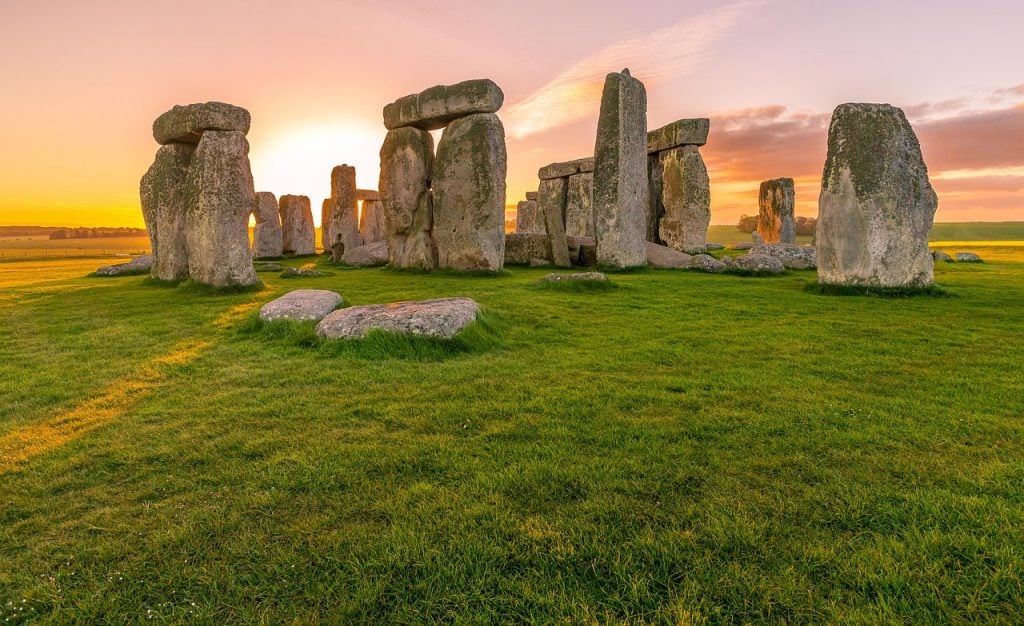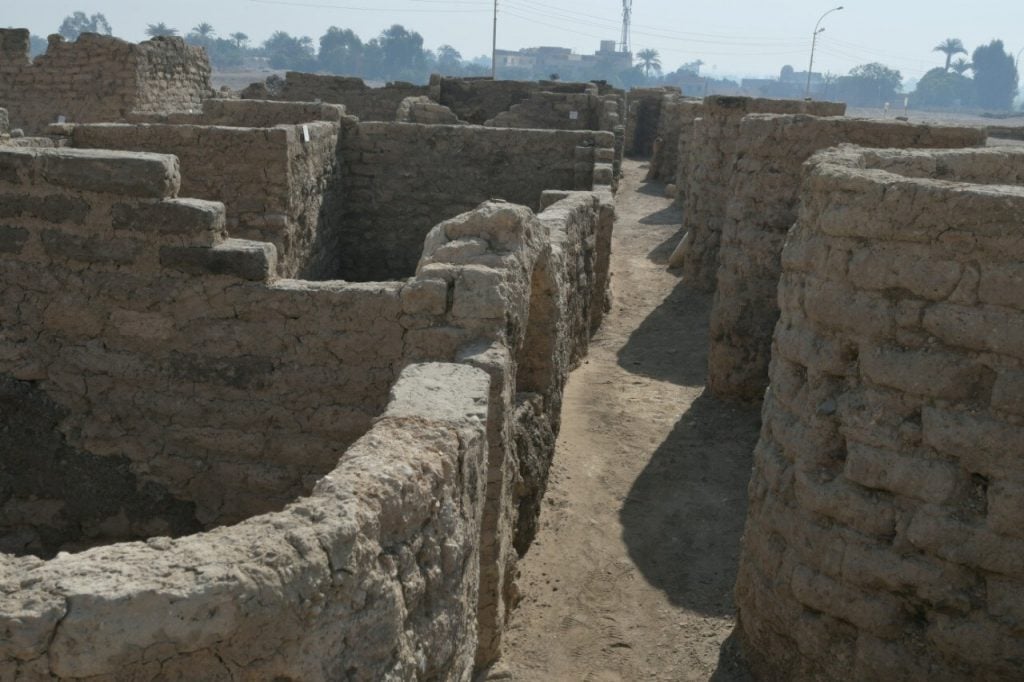:focal(700x527:701x528)/https://tf-cmsv2-smithsonianmag-media.s3.amazonaws.com/filer_public/08/61/0861abfb-a75e-4b80-9c5b-37140ca9da83/statue.jpg) In the ancient Roman world, sexual pleasure was a cause for celebration rather than a source of shame. Archaeological Park of Pompeii
In the ancient Roman world, sexual pleasure was a cause for celebration rather than a source of shame. Archaeological Park of Pompeii
At a time when sex was widely considered shameful or even obscene, officials deemed the images too explicit for the general public. Instead of placing the artifacts on view, staff at the Museo Archeologico Nazionale di Napoli stashed them in a secret room closed to all but scholars and, according to Atlas Obscura, male visitors willing to bribe their way in. Between 1849 and 2000, the works remained largely hidden from the public.
/https://tf-cmsv2-smithsonianmag-media.s3.amazonaws.com/filer_public/1b/0d/1b0d3db9-a48b-474f-b3ab-8f37dea2e2ac/pompeya-cisne-kkcf-748x900abc.jpeg)
Fresco of Leda and the swan Archaeological Park of Pompeii
Not anymore. A new exhibition at the Archaeological Park of Pompeii titled “Art and Sensuality in the Houses of Pompeii” draws on selections from the secret room and other sensual images unearthed in the ancient city to demonstrate the ubiquity of erotic imagery in the Roman world.
The show’s marquee attraction is a fresco of the myth of Leda and the swan. Discovered in 2018, the scene depicts the moment when the god Zeus, disguised as a swan, either rapes or seduces Leda, queen of Sparta. Later, legend holds, Leda laid two eggs that hatched into children: Pollux and Helen, whose “face … launched a thousand ships” by sparking the Trojan War.
Painted on the wall of a Pompeiian bedroom, the artwork shows a nude Leda smiling invitingly as a swan nuzzles against her chest.
“[The scene] sends a message of sensuality,” Massimo Osanna, then-director of the archaeological park, told CNN’s Barbie Latza Nadeau and Hada Messia in 2019. “It means, ‘I am looking at you and you are looking at me while I am doing something very, very special.’ It is very explicit. Look at her naked leg, the luxurious sandal.” READ MORE...





